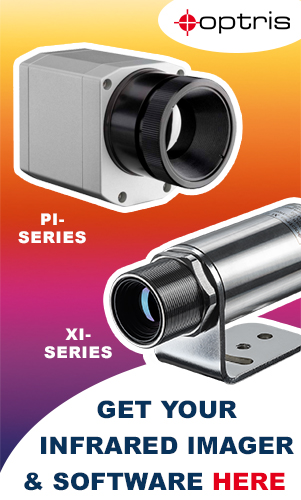Nvidia has announced PhysX 5.0 and will be available "pretty soon in 2020." According to the GeForce makers, this new version of the physics middleware SDK (which became available as open source about a year ago) introduces support for a 'Unified particle simulation framework'. Among the new features NVIDIA lists for PhysX 5.0 is the FEM simulation technology that AMD also uses in its recently announced FEMFX. It looks like games will get a lot of deformation effects and AMD's FEMFX will be a competitor…

The whole thing is interesting in that AMD has definitely committed itself to the CPU as the running organ with the recently released FEMFX, while PhysX puts the GPU in the foreground. However, it is still unclear which of the two unfortunately again proprietary approaches will prevail in the final. In the end, both can only lose if there is no uniform basis. First, consider Nvidia's offer for PhysX:
- The Finite Element Model (FEM) is an industry standard simulation method for deformable bodies. It is widely used in the automotive and manufacturing industries to accurately simulate structural strength of both rigid and soft assemblies. It is built into PhysX 5.0.
- For liquid simulations, developers will be able to use discrete particle simulations to model liquids and granulate flows. The implementation is scalable; large time steps can be used to simulate a variety of liquids in a stable manner. The Discrete Elements Model (DEM) provides support for friction and adhesion. PhysX 5.0 also uses an implementation of Smoothed Particle Hydrodynamics (SPH) to simulate liquids with discrete particles, a technique used in oceanography and vulcanography.
- With the Constrained Particle model of PhysX 5.0, any mesh can be simulated as a tissue or strand. These meshes can be paired with volume preservation conditions with application-defined pressures to simulate inflatable shapes. The network-based simulations also provide a model for simulating aerodynamic buoyancy and resistance. The Constraint model supports springs so that it can be used to create ground-spring systems. Shape matching provides a mechanism for groups of particles to maintain a rigid structure. This allows the rigid body dynamics to be simulated approximately. In addition, the rigid structure can be deformed at run time to realize plastic deformation-like effects.
And what does AMD's FEMFX offer? This is a new physics library for calculating effects per CPU as part of its middleware GPUOpen, which in the end, on the basis of the FEM, roughly does nothing but Nvidia when it comes to material deformations that are to be presented as realistically as possible. Here, too, you can see from the description of GPUOpen what effects are planned:
- Elastic and plastic deformation of various materials and implicit integration for stability in stiff materials. In addition, there is the definition of non-breaking surfaces for the generation of cracks and fragments as well as fractures between tetrahedral surfaces
- Kinematic control of mesh corner points and continuous collision detection (CCD) for fast moving objects
- Restrictions on contact resolution and linking of objects to each other, as well as limiting deformation as such
- Dynamic control of tetrahedron material parameters and support for deformation of a render mesh using the tetrahedral mesh































Kommentieren